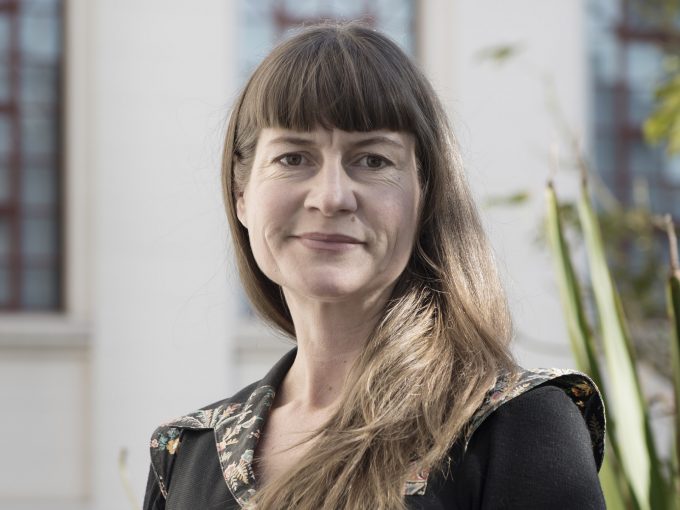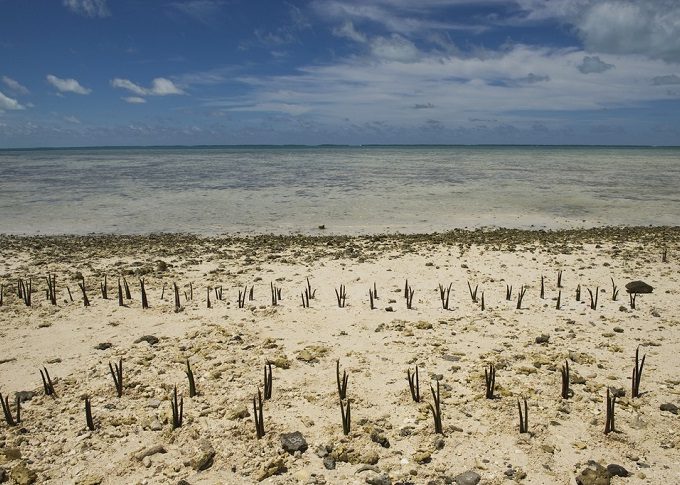This April, members of the CCR research program presented on the group and their research at a meeting of the Victorian Universities Rural and Regional Research Network hosted for the first time at RMIT.
Drawing together researchers from about half a dozen universities working in rural and regional Victoria, the half day VURRN meeting provided a fruitful forum for discussing common interests and challenges, including many that fall under the umbrella of resilience and relate to climate change in myriad ways. Lauren Rickards kicked off the CCR group session by outlining the foci of the new group, beginning with explaining how the ‘urban’ in Centre for Urban Research is very broadly conceived.
Lauren gave a brief précis of her own background in rural research and some insights into two recent projects that both exemplify the long-distant reach of urban-centric planetary urbanisation processes, namely the fires in the Tasmanian World Heritage Wilderness Area and at the Hazelwood coal mine. Halley McCann then outlined the Enhancing Networks for Resilience project, which is examining how the networks in the Southern Grampians Glenelg Primary Care Partnership contribute to disaster resilience.
Helen Scott outlined the Adaptation for Recovery project evaluation being undertaken in two communities in East Gippsland. This project is new for East Gippsland on two fronts: the Adaptation for Recovery project is underpinned by a strengths based approach to building community resilience, which has not been implemented in the area before. The evaluation approach draws on participatory evaluation principles, another innovation for the Shire.
To end, Karyn Bosomworth outlined her work with Victoria’s Catchment Management Authorities on planning for a changing climate in Natural Resource Management (NRM). She touched on the significant challenge that the pervasive and large challenges we are seeing and will see under a changing climate, mean that we are unlikely to be able to ‘preserve’ many of our natural resources as they are.
Consequently, this work seeks to help NRM agencies act on proximate, acute issues while at the same time allowing for future change and uncertainties in our ecosystems and socio-political systems.





